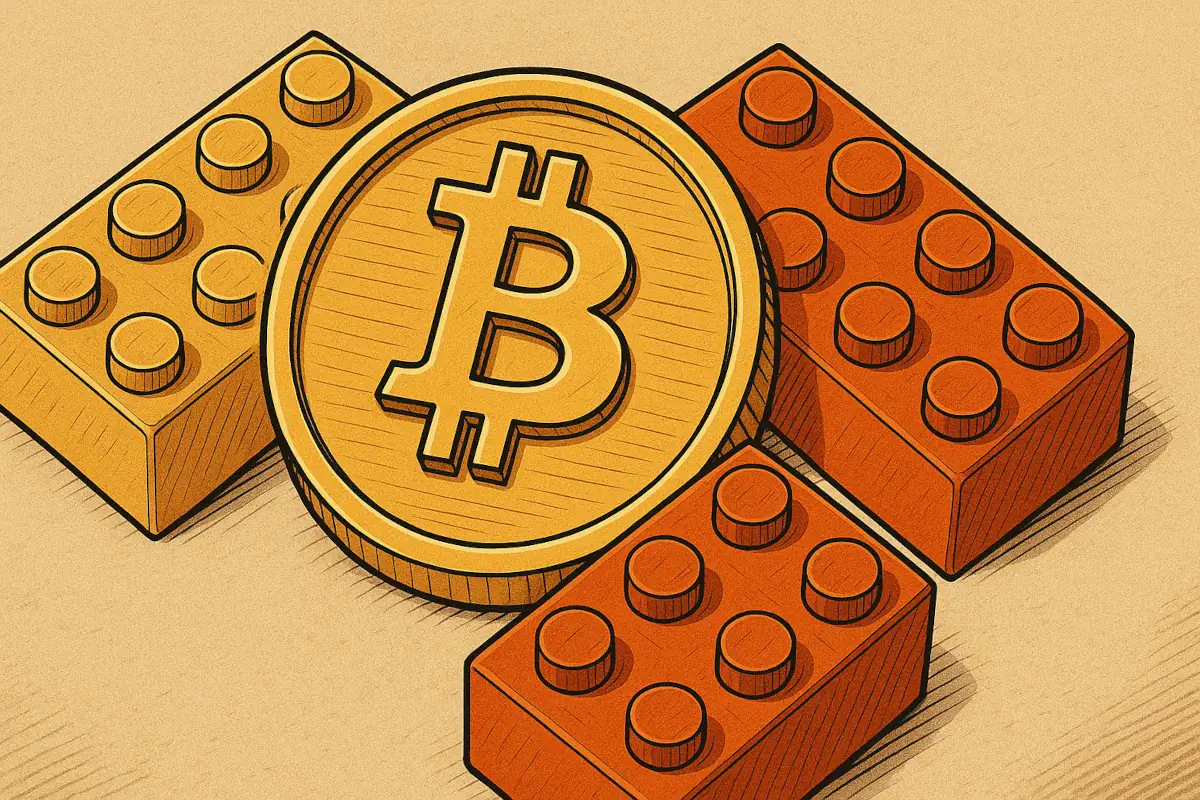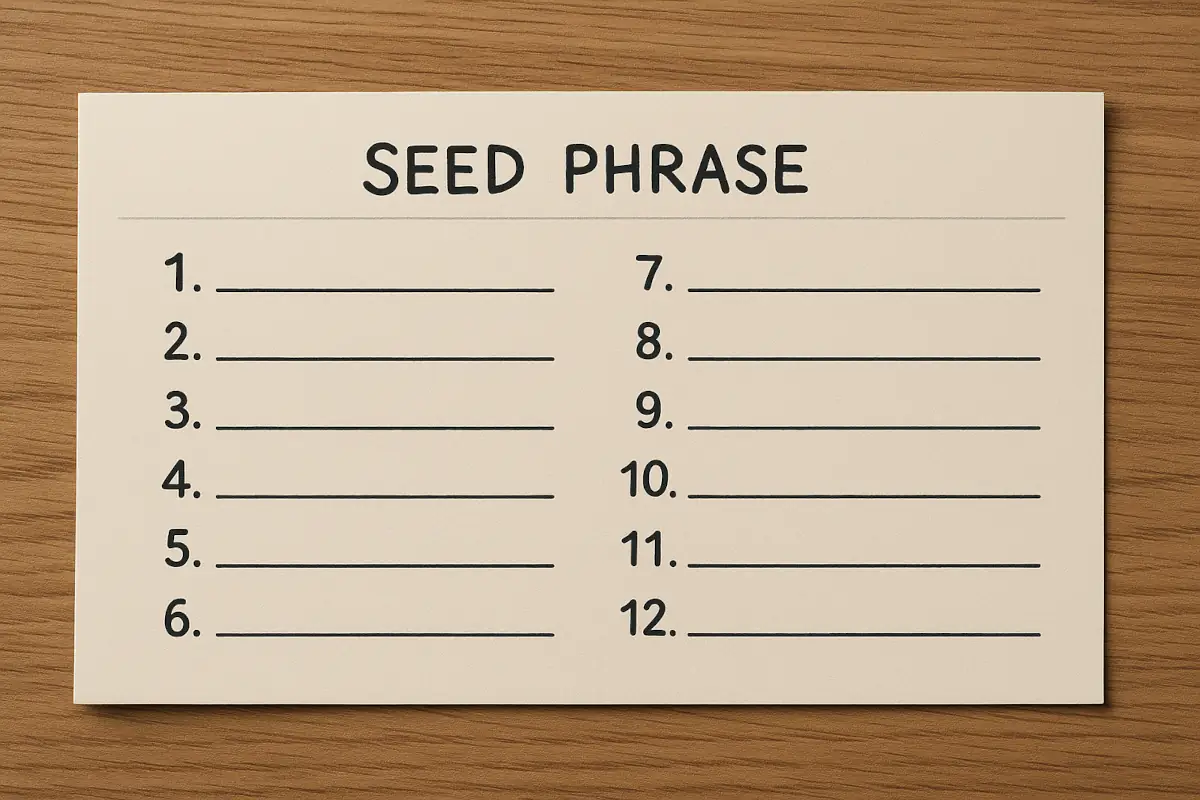Holding digital currency without any physical device or paper might sound futuristic, but the ability to memorize a Bitcoin seed phrase – just 12 or 24 words – makes this idea real. Originally designed to make key storage more user-friendly than binary strings, seed phrases became a widely adopted method.
They serve as a gateway to digital assets, but depending on memory alone have proven unreliable for most people. With that, various innovations in memory aids and self-custody are gaining traction, giving people more ways to store their keys securely and personally.
Table of Contents
Replacing Paper with Patterns
Traditional seed phrases are based on BIP39, introduced to turn random data into readable and writable word sequences. While writing them down on paper or engraving them on steel is common, these methods are vulnerable. The idea of memorizing the phrase introduces another layer of risk. To address this, developers are exploring formats that cater to different ways people think and remember – like through sound, touch, or spatial memory.
Some individuals have stronger spatial or auditory memory than verbal memory. For such people, spatial mnemonics and musical patterns provide alternate options. These systems would require custom-built custody tools, but they align better with how certain minds function. For example, using a song instead of a sentence might allow some users to recall their key faster and with more accuracy.
This shift is backed by psychological studies. Research into cognitive strengths shows that people process information differently depending on their brain hemisphere dominance. The idea that people are “left-brained” or “right-brained” is oversimplified, but patterns still exist. The left hemisphere tends to handle logic and language, while the right side is more attuned to visual and spatial processing.
Memory Through Shapes, Origami, and LEGO Bricks
To remember the seed phrase, you can use logograms or glyphs – complex shapes that represent entire words. These designs rely on visual patterns, much like those found in architectural design tools.
Origami also offers promise. Folding paper combines visual cues with tactile memory. Paul Jackson, a specialist who has taught folding techniques in over 150 university-level courses, believes that paper folding exercises strengthen long-term memory. Origami uses both hands and eyes, making it an engaging method for encoding something as sensitive as a seed phrase.
LEGO adds another layer. By combining two standard 2×4 bricks, 46 arrangements are possible, 24 of which are unique when duplicates are excluded. With just three bricks, 1560 combinations become available. Adding physical combinations like these turns memory into an object-based task.
Turning Sound Into Security
Music activates different brain areas than text, giving it potential as a memory tool. Using sound tones instead of words, it’s possible to create combinations that function like a musical password. Composer John Williams famously reduced a greeting to five tones in Close Encounters of the Third Kind.
From a 12-tone chromatic scale, over 100,000 five-note sequences are possible. Just 24 of them would be enough to create a mnemonic set that meets security standards.
Expanding on this, sound waves can also be visualized. Cymatics demonstrates how particles react to different sound frequencies, forming distinct shapes. Artist Jerobeam Fenderson and programmer Hansi Raber have converted 3D models into sound that can then be replayed visually through oscilloscopes. These vectors connect audio and visuals tightly, offering another hybrid path to memory.
Physical Movement as a Code
Choreographed dance routines can also serve as memory cues. Ryan Heffington, choreographer of Sia’s “Chandelier” video and Netflix’s The OA, crafted movements so specific they create deep emotional and physical impressions. His phrases – like “wounded dog in one of those wheelchairs” – stick because they evoke a vivid mental image.
Using choreographed movements as seed phrase placeholders could help people who retain information through physical activity. A motion-tracking app could recognize a user’s body movements and convert them into stored mnemonic sequences. These movements become personal codes, unique and memorable to the individual who created them.
Emotions, Repetition, and Cold Showers
Memory isn’t just about the method; it’s also about mental and physical state. Stanford neuroscientist Andrew D. Huberman has shared ways to improve long-term memory. Repeating and reviewing material shortly after learning helps shift it from short-term to long-term memory. Timing these reviews carefully – starting close together and spacing them out over time – improves retention.
Adrenaline also plays a role. Spikes in adrenaline caused by exercise, cold exposure, or caffeine shortly after learning can enhance retention. The key is timing – raising adrenaline 10 to 15 minutes after learning improves results, while doing it before has little to no benefit.
Even rest matters. Naps or deep relaxation within a few hours of learning can improve memory encoding. This approach works whether the technique involves music, movement, or visual shapes.
Mixing and Matching
Most people struggle to remember 24 isolated items, but grouping or “chunking” information makes it easier. Like how a phone number is split into sets of digits, a seed phrase can be broken into chunks using a combination of mnemonics.
For example, pairing a LEGO shape with a tone and a word turns a single phrase element into a three-part memory device. Mixing designs, tones, and words allows people to use whichever format they remember best. These blended systems create personalized cues and reduce the cognitive load.
By recognizing that memory isn’t one-size-fits-all, these methods offer users control over how they protect their digital assets. Rather than forcing everyone to use 12 or 24 words on paper, memory can become tactile, musical, physical, or visual – whatever works best for the individual.
Final Words
People do not learn or remember in the same way. Whether using a shape, sound, motion, object, or color, memory techniques must reflect personal strengths. Some may find words easy to recall, while others find sound more natural. There is no single best method – only the one that works for each person.
The idea that someone could hold their Bitcoin in their mind alone is powerful but risky. Tools that adapt to various kinds of intelligence not only offer safer storage – they also offer better inclusion and control. The challenge now is to turn these creative approaches into reliable products that protect memory, and by extension, digital ownership.
Read also: What Are the Best Ways to Store Your Seed Phrases?




